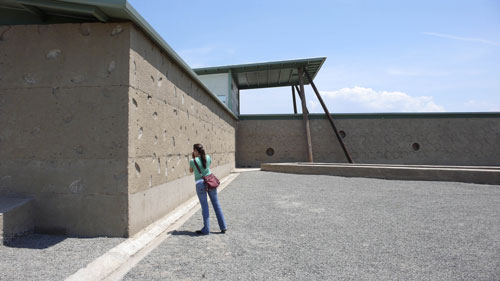

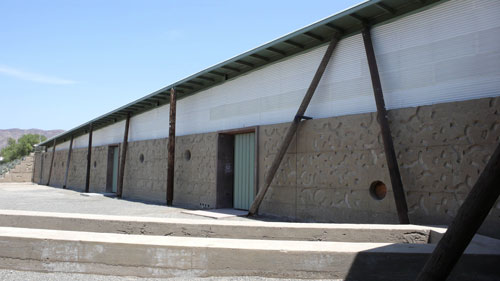

Architecture, Art, Design, and Culture using of mud, clay, soil, dirt & dust.



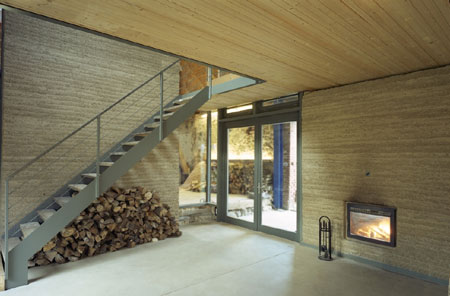


Berlin based architect Eike Roswag’s Haus Ihlow is a renovation and addition to a historic stone barn using rammed earth built in the country side near Berlin. It is the first load bearing housing project in Germany since the 1950s. The construction is based on the “Lehmbauregeln”, but build with surprisingly thin walls (30cm) and large openings for windows.
The house has passive solar heating with a 60 m2 hot water collector and can store 4,000 liters of water supplemented by a wood fire place, connected to a floor and wall heating system. The owners use rain water for toilets and do wastewater treatment before draining the water on their own ground. Roswag’s firm, werk_A has many other projects in rammed earth.
Only recently rediscovered. An ancient site in the port of Qingdao has revealed the oldest known observatory in China. The Chinese Astronomy Society, learned of the finding at its annual convention. Experts point to historical evidence, that the Langya Observatory in east China’s Shandong Province, was built during the Warring States Period— more than 22-hundred years ago. The three-storey structure stands about nine meters. The original structure was made of rammed earth. The observatory was evidently erected as a site for studying the stars as well as for monitoring conditions at sea. [ Watch ]
Dr. Paul Jaquin at www.historicrammedearth.co.uk has revamped and improved his website. Visit the Historic Rammed Earth website for lots of information about the science of rammed earth and earth buildings, and studies of rammed earth in Nepal, Morocco, Spain and India.

The North American Rammed Earth Builders’ Association (NAREBA) is a not for profit entity that offers the opportunity for its members to share in the passion for working with earthen materials and to contribute to the advancement of RE construction. NAREBA builders share a resource base of over 150 years of collective building experience and have committed to building RE walls with the highest standards in the industry.
Clan homes in Fujian by Jens Aaberg-Jørgensen, originally published in Danish in ARKITEKTEN no. 28, November 2000, pp. 2–9, is an exceptional resource of photos, drawings and documentation of the round, rammed earth miniature circular castles, constructed from the 11th to 20th centuries that are shared by entire clans; their circular shapes, single point of entry, and weapons portholes were designed to optimize defense. As we reported previously, the structures were recently protected by UNESCO.
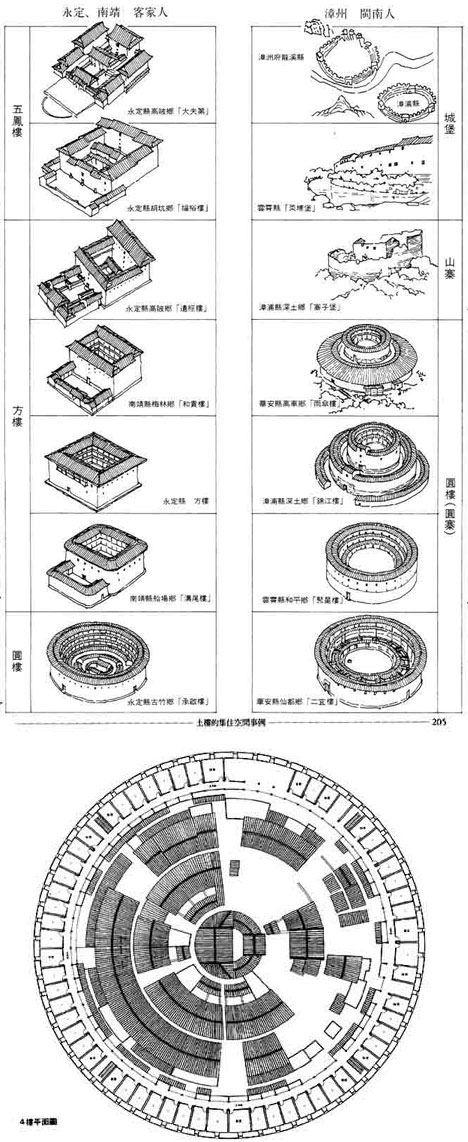
[ via Core 77 ]
Tulou, the unique rammed earth buildings of Fujian Province in southeastern China, were added to the UNESCO World Heritage List on Sunday, during the 32nd session of the World Heritage Committee. According to the submission provided by China’s State Administration of Cultural Heritage, the Tulou buildings have been built since the 11th century. Designed to meet the requirements of a whole clan living together, they usually consist of a rammed earth outer wall and internal wooden framework, often of a circular configuration surrounding a central shrine.
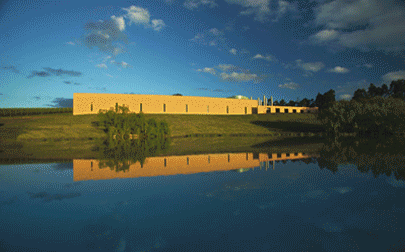
Intended to emerge powerfully from the landscape this ultra modern gallery displays the talents of Melbourne architect Allan Powell. Almost like an earthworks sculpture that can be read as an artefact, the TarraWarra Musem of Art in Yarra Glen is a monument to modernism. Allan Powell has constructed a simple shape with the effect of a half built or buried building, which confounds the eye and engages the senses. The stunning tan and clay coloured structure rises out of the green vines of the Yarra Valley creating an unexpected vision in the valley. Sensually curved around the site, the building is primarily of dressed stone and rendered walls, coloured rendered concrete walls, and rammed earth walls, and the architect has achieved the feeling that ‘ this building is of the earth’. Visitors to this new gallery are convinced that the complex is of handcrafted natural materials and that each of the columns is different. TarraWarra Museum of Art has been entered into Institutional new category of the architecture awards. [ Download PDF ]
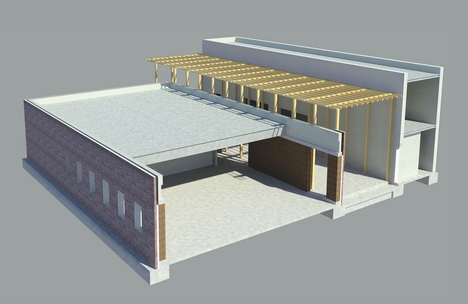
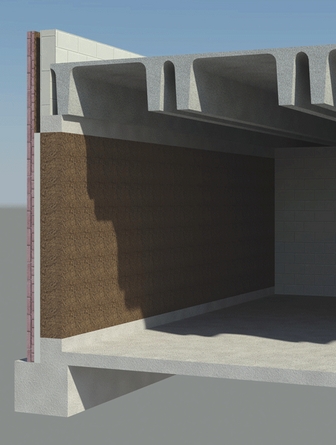
Architect David Richmond & Partners and structural engineer Price & Myers are creating a rammed earth wall using local soil for a new library and archive at Douai Abbey. The proposed 300mm-thick, 2.7m-tall earth walls, which will be built on a 100mm-tall concrete plinth, offer the right amount of thermal mass to ensure a stable internal temperature. When built, it will be the only library in the UK to use rammed earth technology. It is also the first time that either the architect or the structural engineer have worked with rammed earth.

Photo by Barbara Koh/New York Times
From China’s Fujian coast, it’s a grinding drive up narrow roads through villages built around exhausted coal mines to reach the remote mountains of Yongding. Morning mist clings to the slopes of dense trees and brush. Below, in a valley, rests an eerie collection of beige cylindrical structures, one as enormous as a football field. This sci-fi scenery is peculiar to southern China and concentrated in Yongding County. The bizarre edifices, which the Chinese say foreign surveillance has, over the years, mistaken for missile silos and U.F.O.’s, are decades- and centuries-old and made of rammed earth. They are still homes to the Hakka, a Han Chinese nomadic group.